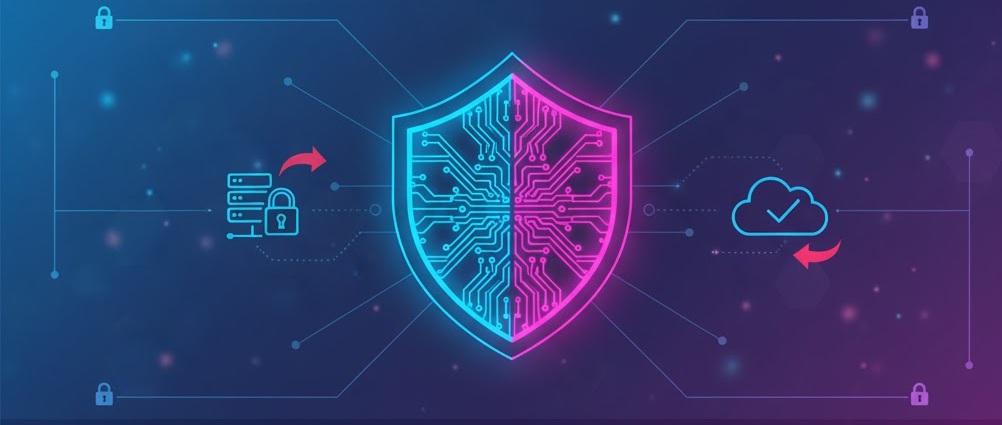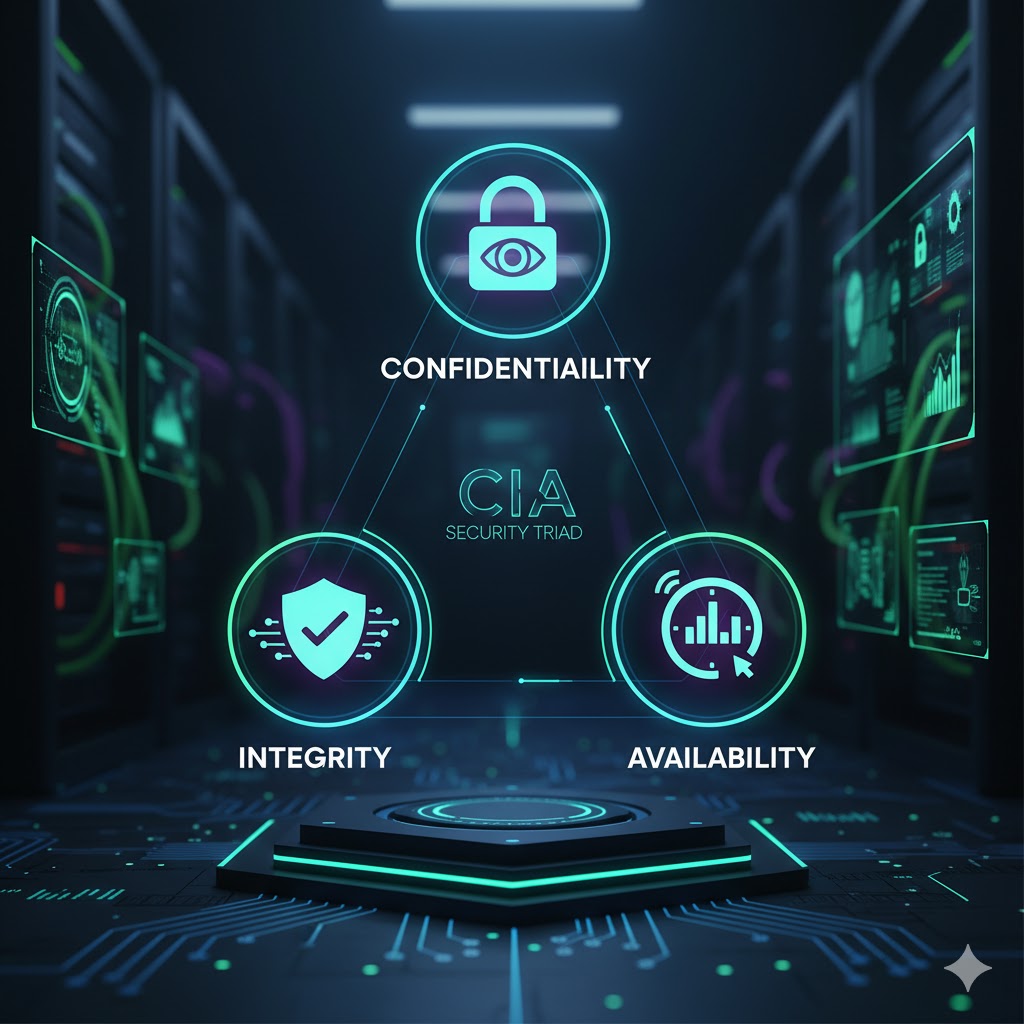
In today’s hyper-connected world, data is the new currency. It fuels innovation, drives business decisions, and underpins our personal lives. However, this invaluable asset is constantly under threat from various perils: data loss, data theft, and data leakage. Understanding the nuances of each, and implementing robust strategies for prevention and recovery, is paramount for individuals and organizations alike.
Understanding the Threats
While often used interchangeably, “data loss,” “data theft,” and “data leak” refer to distinct, though sometimes overlapping, scenarios:
- Data Loss: This refers to the unintentional absence or deletion of data. It can be caused by hardware failure (crashed hard drives), accidental deletion, software corruption, natural disasters, or even simple human error. The key here is that the data is gone, often without malicious intent.
- Data Theft: This is the malicious and unauthorized acquisition of data by an external party. Cybercriminals, state-sponsored actors, or even disgruntled employees might steal data for financial gain (selling personally identifiable information – PII, intellectual property), competitive advantage, or espionage.
- Data Leakage: This is the unintentional or accidental exposure of sensitive data to an unauthorized environment or entity. It often results from misconfigurations, vulnerabilities in systems, weak access controls, or human error (e.g., sending an email to the wrong recipient, leaving a database publicly accessible). While not always malicious in intent on the part of the exfiltrator, the exposure itself can be exploited by malicious actors.
Prevention Strategies: Building a Fortified Defense
A proactive approach is always the most effective defense against data-related incidents.
1. Robust Backup and Recovery Plans (Primarily for Data Loss)
- 3-2-1 Rule: Maintain at least three copies of your data, store them on two different types of media, and keep one backup copy off-site.
- Automated Backups: Implement scheduled and automated backup solutions for critical data.
- Regular Testing: Periodically test your recovery process to ensure backups are viable and can be restored quickly and effectively.
- Immutable Backups: For ransomware protection, consider immutable backups that cannot be altered or deleted, even by an attacker.
2. Advanced Cybersecurity Measures (For Data Theft & Leakage)
- Strong Access Controls (RBAC/ABAC): Implement Role-Based Access Control (RBAC) or Attribute-Based Access Control (ABAC) to ensure users only have access to the data absolutely necessary for their role. Regularly review and revoke unnecessary access.
- Encryption: Encrypt data both at rest (on servers, databases, endpoints) and in transit (during transmission over networks, using HTTPS, VPNs).
- Data Loss Prevention (DLP) Solutions: DLP tools can monitor, detect, and block sensitive data from leaving the organizational network. They identify sensitive information based on content, context, and destination.
- Intrusion Detection/Prevention Systems (IDPS): These systems monitor network traffic for suspicious activity and can block potential threats.
- Endpoint Detection and Response (EDR)/Extended Detection and Response (XDR): Tools that monitor endpoint activity, detect malicious behavior, and provide capabilities for quick response.
- Firewalls and Network Segmentation: Segment networks to isolate critical data, making it harder for attackers to move laterally if they breach one part of the network.
- Web Application Firewalls (WAF): Protect web applications from common web-based attacks that could lead to data theft or leakage.
- Vulnerability Management: Regularly scan systems and applications for vulnerabilities, patch promptly, and conduct penetration testing.
- Security Information and Event Management (SIEM): Collect and analyze security logs from across the IT environment to detect anomalies and potential security incidents.
- Behavioral Analytics: Monitor user and entity behavior for deviations from the norm that might indicate an insider threat or compromised account.
3. Proactive Data Leak Testing (Especially for Data Leakage)
- Active Testing Platforms (like Enforcis): Solutions like Enforcis’s “Data Leak Active Testing Platform” go beyond passive monitoring. They actively simulate attacker evasion techniques to identify actual exploitable data exfiltration vectors, including those within overlooked application protocols (e.g., Microsoft Teams, Gitlab) or misconfigured cloud services. This provides real-time visibility into vulnerabilities before attackers can exploit them.
- Configuration Audits: Regularly audit cloud storage, databases, and application configurations to ensure sensitive data is not accidentally exposed.
4. Human Element Training and Policy
- Security Awareness Training: Educate employees on phishing, social engineering, safe data handling practices, and the importance of reporting suspicious activity.
- Strong Password Policies and MFA: Enforce complex passwords and multi-factor authentication (MFA) for all critical systems.
- Clear Data Handling Policies: Establish strict policies for data classification, storage, sharing, and disposal.
Recovery Strategies: Mitigating the Damage
Despite the best prevention efforts, incidents can still occur. A solid recovery plan is crucial for minimizing damage and restoring operations.
1. Incident Response Plan (IRP)
- Establish an IR Team: Designate a dedicated team with clear roles and responsibilities.
- Detection & Containment: Quickly detect the incident, identify its scope, and isolate affected systems to prevent further damage. This might involve shutting down compromised servers or blocking specific network traffic.
- Eradication: Remove the threat from the environment (e.g., patching vulnerabilities, cleaning malware, revoking compromised credentials).
- Recovery: Restore affected systems and data from clean backups. Prioritize critical systems.
- Post-Incident Analysis: Conduct a thorough review to understand how the incident occurred, identify lessons learned, and update prevention strategies.
2. Data Restoration (For Data Loss & Theft After Eradication)
- Restore from Verified Backups: Utilize your well-tested backup system to bring back lost or compromised data. Ensure the restore point is clean and free of the threat.
- Data Integrity Checks: Verify the integrity and completeness of restored data.
3. Communication and Legal Compliance (For Data Theft & Leakage)
- Legal Counsel: Engage legal experts to navigate notification requirements (e.g., GDPR, HIPAA, CCPA) and potential litigation.
- Stakeholder Communication: Develop a clear communication plan for affected individuals, regulators, partners, and the public. Transparency, handled carefully, can help maintain trust.
- Public Relations: Prepare for potential reputational damage and work with PR professionals to manage public perception.
4. Continuous Improvement
- Lessons Learned: Every incident, whether prevented or recovered from, offers valuable insights. Use post-incident analysis to refine security policies, update technologies, and enhance employee training.
- Adaptation: The threat landscape constantly evolves. Regularly review and update your cybersecurity strategy to adapt to new threats and technologies.
Conclusion
Data loss, theft, and leakage represent significant challenges in the digital age. By implementing a comprehensive strategy that combines robust prevention techniques (from strong backups and advanced cybersecurity tools to proactive “active testing” platforms like Enforcis) with a well-defined incident response and recovery plan, organizations can significantly reduce their risk exposure, protect their invaluable data assets, and maintain trust with their stakeholders. The battle for data security is ongoing, and only through vigilance, innovation, and preparedness can we hope to prevail.



